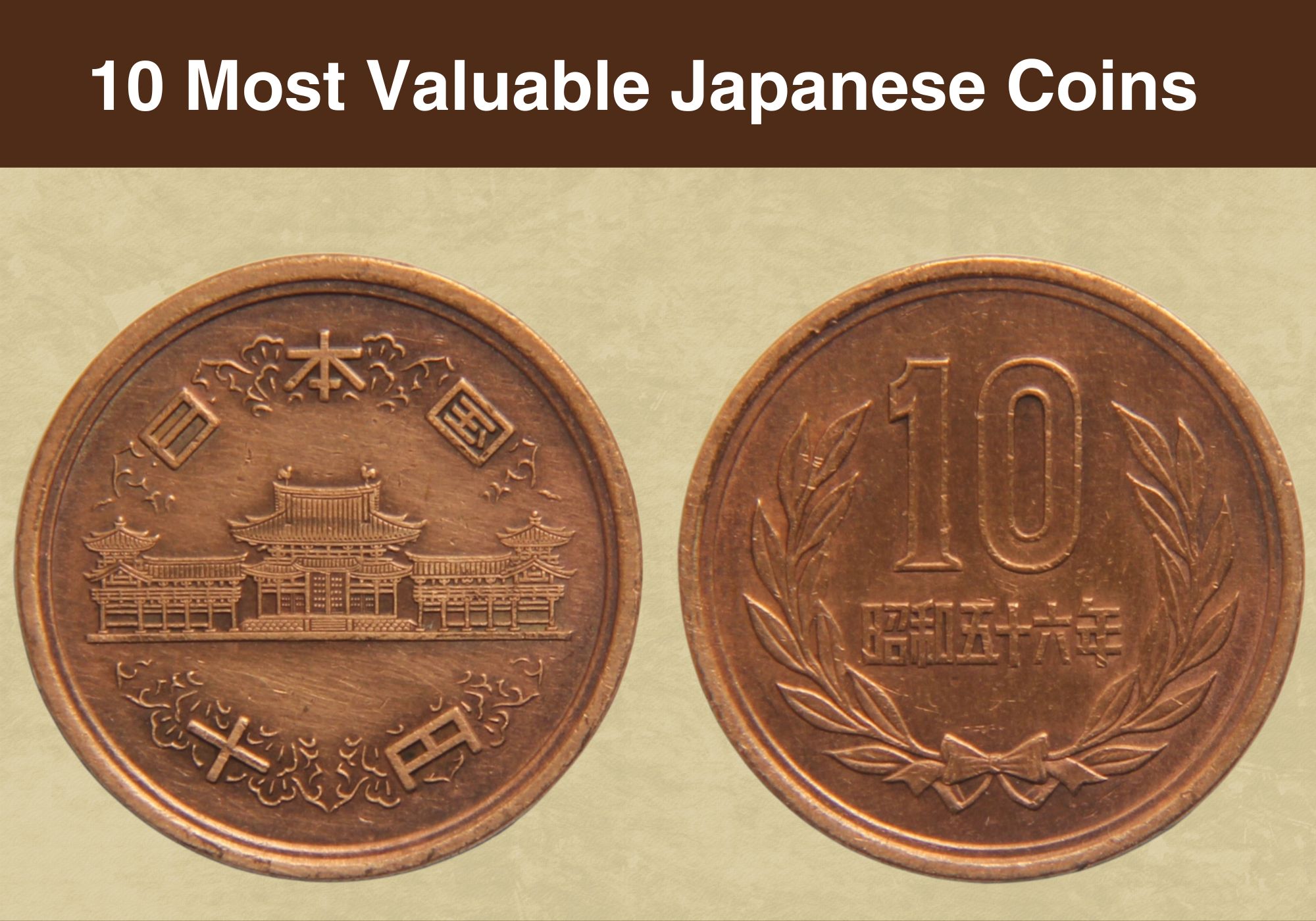
Are you interested in collecting valuable Japanese coins? Do you own such a coin and wonder whether it is worth money?
Japanese coinage has come a long way dating as far back as the 8th century.
The country’s currency, including its coins, has also undergone numerous changes to become the global currency it is today.
As you will discover, many of the most valuable Japanese coins are ancient, with few examples existing today.
So whether you want to buy or sell, read on to find out which Japanese coins are worth money.
A Brief History of Japanese Coins
The Japanese coinage dates back to 708 when the imperial government minted the Wadou Kaichin, early feudal coins. The minting of coins to be used as currency continued to 958, after which the government suspended operations involving the minting of coins. This made imperial coins exceptionally scarce throughout Japan.
After stopping coin production, the government began importing Chinese coins, widely used as circulating currency until the mid-1600s. The lack of streamlined regulation led to illegal activities such as making counterfeit Chinese and imperial coins, a state that dominated much of the 16th century.
By the 17th century, the Tokugawa government started making its own coins with the name of each era appearing on the coin’s face. The three eras include the Keichou, Genna, and Kanei. The Kanei legend appeared in low-value currency and remained this way for many years afterward. At the start of the 1860s, the legend of small-value cash changed from Kanei to Bunkyuu Tsuuhou.
By the mid-1860s, a new currency system began emerging in Japan. The new system would lead to the establishment of the yen, which was pegged on the Western currency. In addition to copper, silver and gold coins, the government also allowed using feudal notes and gold-convertible paper money, referred to as Ryo. Banks were also allowed to mint their own currency, but all of these currencies and a lack of a streamlined monetary system created confusion and unaccountability.
Following the issues of the New Currency Act in 1871, Japan streamlined its monetary system. In addition to issuing new notes printed in German, it also issued silver coins to facilitate commerce between Japan and its neighbors. More importantly, Japan’s yen aligned with international gold standards.
Now let’s look at examples of some of the most valuable Japanese coins.
Most Valuable Japanese Coins Worth Money
1. 1588 Hishi Oban 10 Ryo
The 10 Ryo, struck in 1588, is undeniably the most valuable Japanese coin. It is among the first Oban coins to be struck in the country and originates from the Tensho period.
In Japanese history and culture, Oban were large, oval-shaped plates cut from gold. They topped the ranks as the country’s largest denomination.
Unlike other ancient Japanese coins, the Oban typically features the Kiri stamps constituting three stars imprinted on the floor.
This particular example, dating back to 1588, is exceptionally rare, with only six known examples. You will notice some hand-written inscriptions on the front of the plate, but it is still unknown what those writings were meant to be when this coin was struck.
That aside, the Professional Coin Grading Service (PCGS) graded this example as an MS60. The fact that such an ancient coin, the size of a dollar bill, was struck in gold increases its intrinsic value. The coin’s rarity also adds to its value.
There was a lot of interest in the 10 Ryo among collectors when it came up for auction in 2021, and eventually, the coin sold for an eye-watering $1.9 million.
2. 1870 10 Yen Pattern Gold Year 3
This coin was first stuck in 1870 and continued the tradition of large, hefty coins. Measuring about 32 millimeters in diameter, the coin spots a stunning pattern consisting of a fiery dragon on the obverse and a dainty wreath on the reverse.
Examples are far apart and rarely come up for auction sales. One particular example was graded MS61, which is quite impressive for a coin this old. The coin shows little to no signs of contact, although there is a tiny cut on the reverse, probably resulting from the use of old dies.
There are only five known examples of the 10 Yen pattern gold coins, with three available for collectors to bid on. The other two are held in museums. The coin was initially estimated to be about $150,0000, but it eventually fetched an enviable $666,000.
3. 1573-1591 Naga Oban 10 Ryo
This is one of the rarest Obans of the Tensho era, believed to have been struck between 1573 and 1591.
This coin features the usual ink captions in the obverse, although there is some noticeable dullness in the upper part. You will also notice that the Kiri imprints are slightly uneven, which is common for coins struck in this era.
These coins are already rare in their own right, but those with errors are rarer and more interesting to collectors and investors.
One such error that came up for sale and drew much collector interest; it had a tiny but noticeable punch mark on the edge. This may have been from a die break or a minting error related to the equipment used to strike the coins.
The error coin was graded About Uncirculated (AU) and bears minor but visible signs of wear. Due to its peculiarity, this coin fetched a handsome $340,000 at a 2021 auction.
4. 1870 Japanese Pattern Coin Set
Even though old Japanese coins are generally worth money, some modern dates are equally valuable.
For example, a set of coins struck in 1870 fetched a surprisingly handsome amount. This date is historically significant, marked two years after the Meiji Dynasty restored imperialism in the country.
This period also saw the introduction of smaller, even and round-shaped coins. Although the coins were struck in England, the design was inspired by Japanese history and culture and local artists were commissioned to oversee and participate in the coin’s redesign.
It is unknown how many of these coins were struck. But today, only two known sets exist, making them exceptionally rare. One set came up for auction in 2021 in Hong Kong, where the winning buyer paid $1.56 million, making this the most valuable Japanese coin sold so far.
5. 1695-1704 10 Ryo Oban
Struck between 1695 and 1705, this 10 Ryo Oban from the Genroku era is a stunning example of an old coin in surprisingly good shape and worth equally good money.
In modern numismatic terms, this specimen would be described as a cameo, referring to its shiny, rainbow-y patina on the reverse and obverse.
It was graded MS62 and is in excellent condition except for slight wear and tear on high points on the obverse. You may also notice subtle contact marks on the reverse.
This 10 Ryo Oban, dated 1695-1704, came up for sale in 2021. Although it was expected to fetch upward of $300,000, the winning bidder paid $264,000 for the coin, which is still pretty impressive.
6. 1695-1705 Oban 10 Ryo
This is another example of a gold Oban from the Genroku era. Like the other examples, it spots an oval shape with ink captions on the obverse and reverse.
Unlike most Obans, which feature thick and deep grooves on the surface, this coin spots shallow and thin grooves. Otherwise, the Kiri imprints are uneven, and the signature shows some wear and tear, as with other examples.
These subtle differences may not seem like much, but they are a big deal to collectors who fully see the value of a unique coin.
While the PCGS graded the previous Oban 10 Ryo as MS62, this example is graded MS1, which is still impressive considering this coin’s age. It sold for $288,000 at a 2020 auction.
7. 1880 Year 13 2 Yen
Two yen coins are the rarest gold coins produced in 1880. This example dates to 1880, Year 13, during the leadership of Emperor Meiji. Few coins were minted that year, making the available ones very scarce and valuable.
This particular example was graded as genuine by the PCGS. It features significant contrasts between the surface and high points, while the fields are impressively smooth and lustrous.
You will notice that this example does not have a rating. This is because of the small damage on an otherwise mint-state coin.
When it was offered at auction, the coin sold for $144,000, which is impressive given the damage it took and the lack of a numerical grade.
8. Sado Koban Gold Coin
The Koban was minted during the Edo era. The gold coin was assigned a value of 1 Ryo, while its gold content increases its intrinsic value, making this coin attractive to collectors and investors.
The Koban gold coin, discovered serendipitously, is in surprisingly good shape. At close inspection, you will notice that it is evenly struck with few contact marks, which reveals the coin’s intricate details.
Koban collectors are enthused by this coin’s high-quality features considering how ancient it is. Although the seller expected at least $30,000 for this certified-Genuine Koban, the buying bidder paid double the price, closing the auction at $75,000 and walking away with one of the most attractive Koban Japanese coins.
9. 1658-1695 10 Ryo Meireki Oban
This gold Oban originates from the Keicho era. Like other coins from this era, this one exhibits slight fading of the ink on the high points. The Kiri marks are uneven but very clear, while the hammer marks are organized meticulously in columns.
This coin combines design elements from the Genroku and Keicho periods. It showed slight contact marks and a paling yellow-gold patina on the obverse and reverse and was graded MS61.
When it came up for auction in 2021, this Oban fetched an impressive $84,000.
10. 1877 Year 10 20 Yen
This proof-like 20 yen was struck in 1877, the tenth year of Emperor Meiji’s rule.
Few of these coins exist today, and this lone survivor was impressively graded MS64, just a point shy of being designated as gem quality. Still, the PCGS certified this coin as having proof-like qualities.
Although not much has been written about coins of this era, one can assume that these pieces were not meant for general circulation. Chances are they were struck as gifts for visiting dignitaries or VVIPs. This might explain why this coin would be in immaculate condition after more than 150 years.
The coin also came up for sale in 2021, the first time in 20 years since another example came up for auction. While the seller expected at least $500,000, this rare specimen sold for a record-shattering $840,000.
Summary
Collecting Japanese coins requires tact, research, and a bit of luck. If you are looking for the most valuable of these coins, we are talking about ancient pieces, some more than 150 years old. When sourcing Japanese coins worth money, you want to pay attention to factors such as the coin’s condition, rarity, significance in Japan’s extensive history, and authenticity.
As you can tell, these coins can fetch a fortune, so if you are lucky enough to own one, have it certified before bringing it to auction. If you want to invest, be prepared to shell out significant amounts to acquire some of the most valuable Japanese coins in the market today.

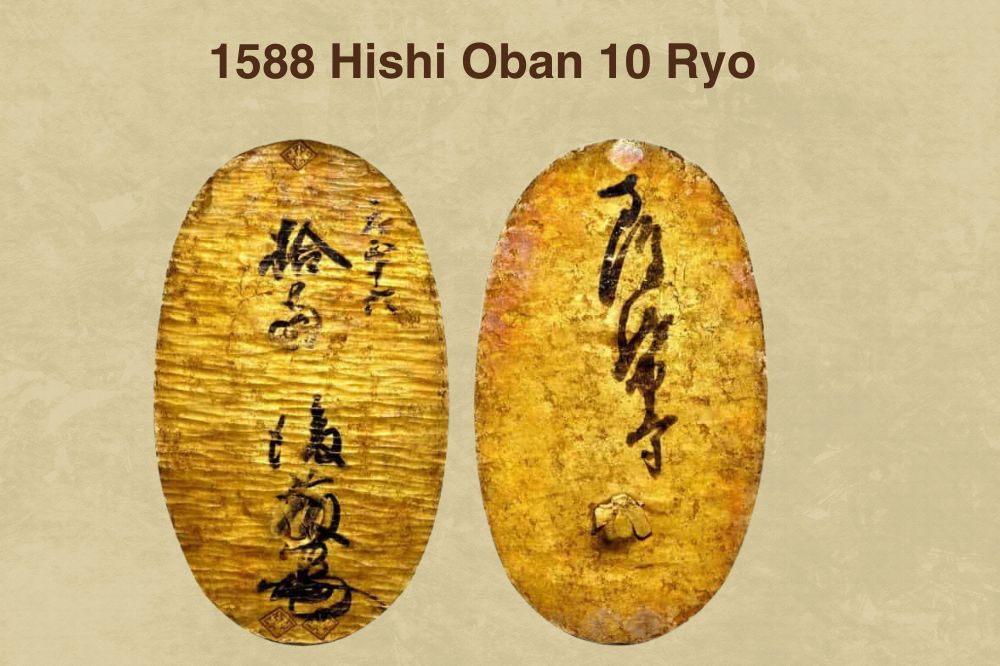
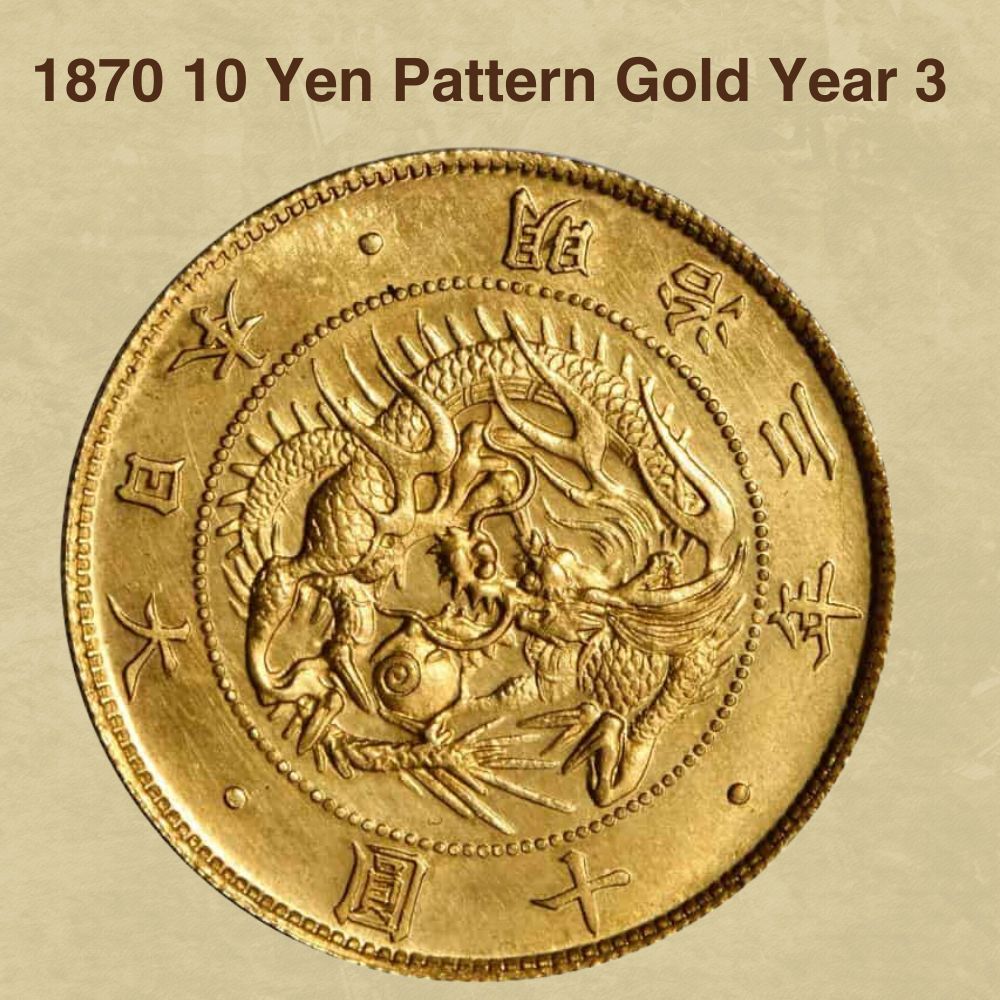
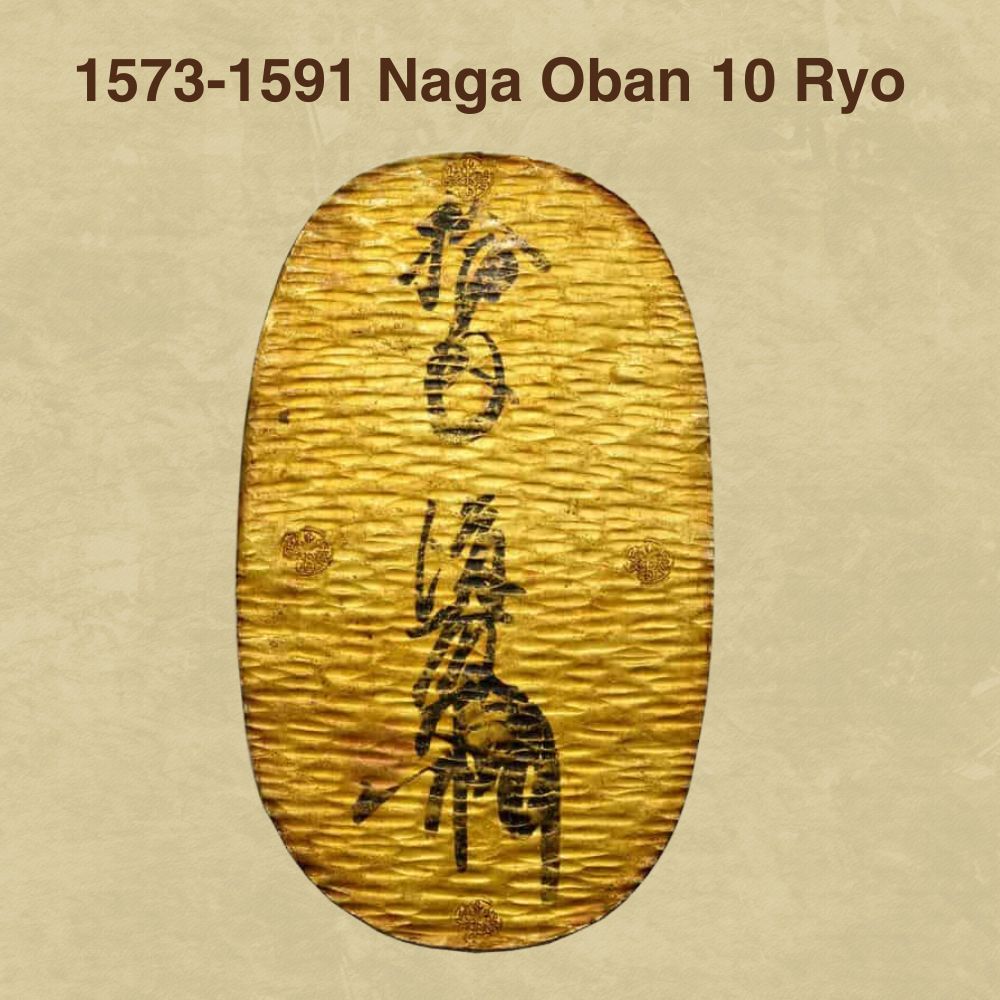
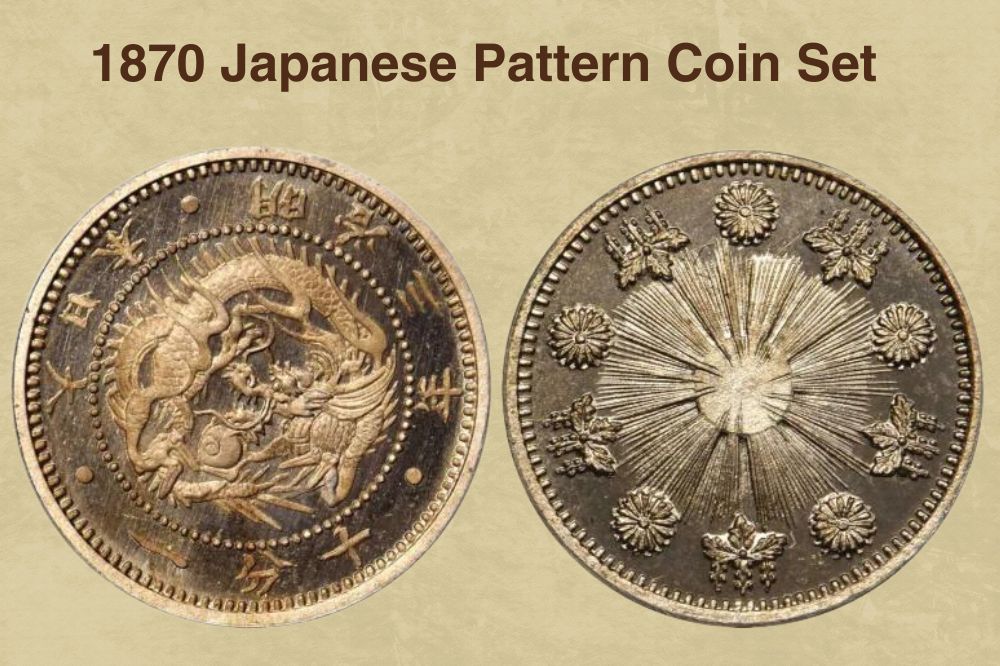
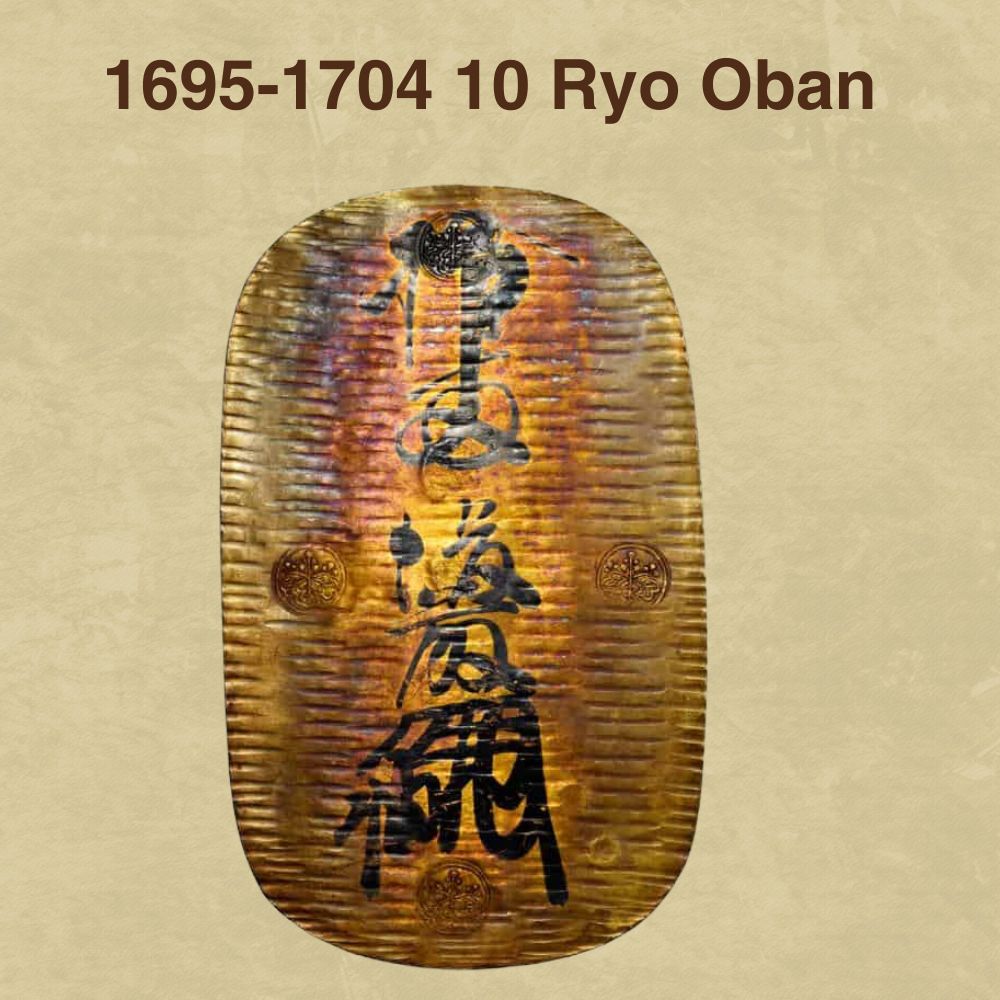
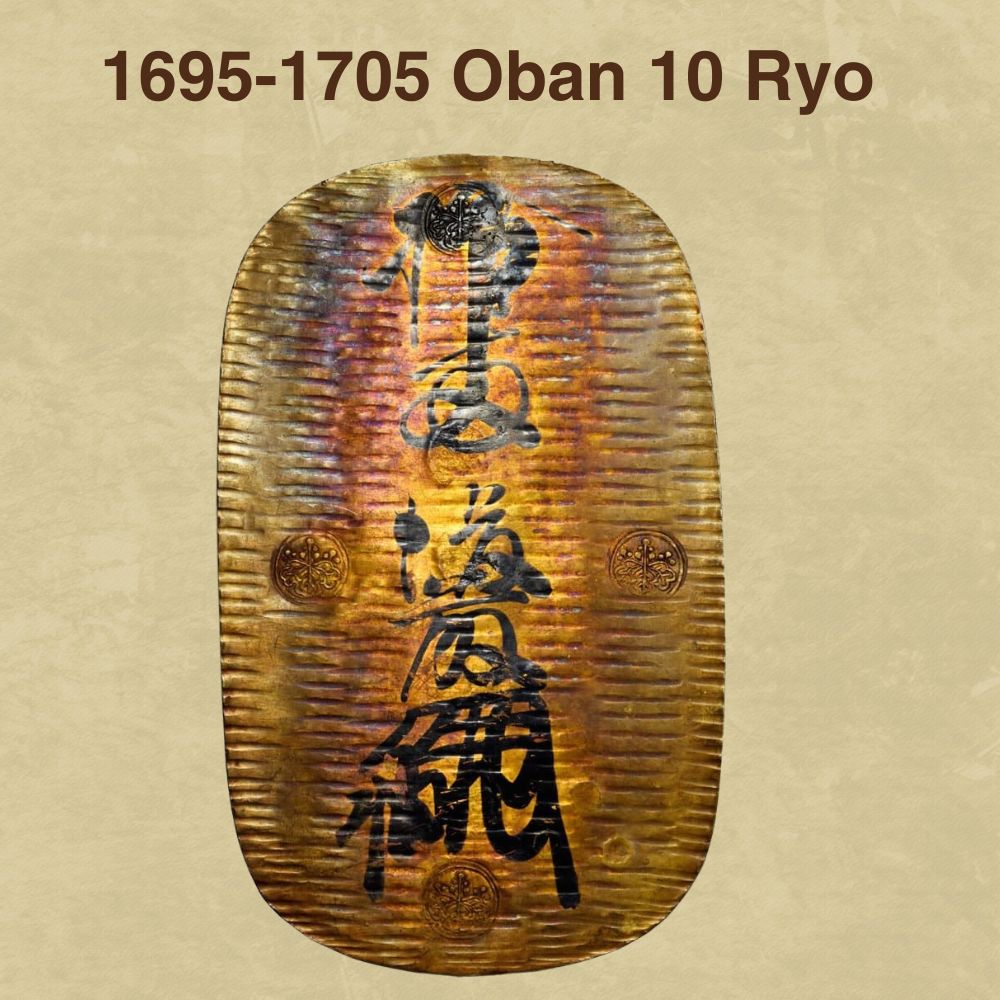
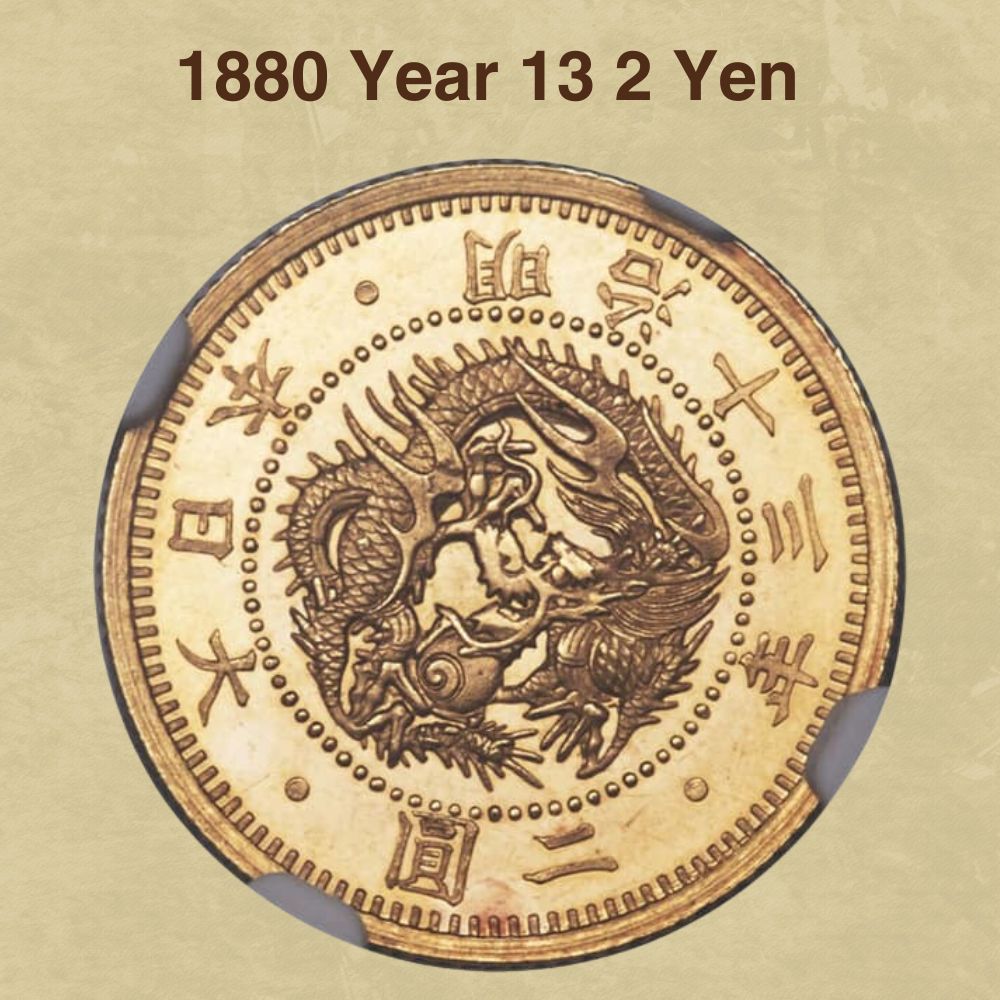
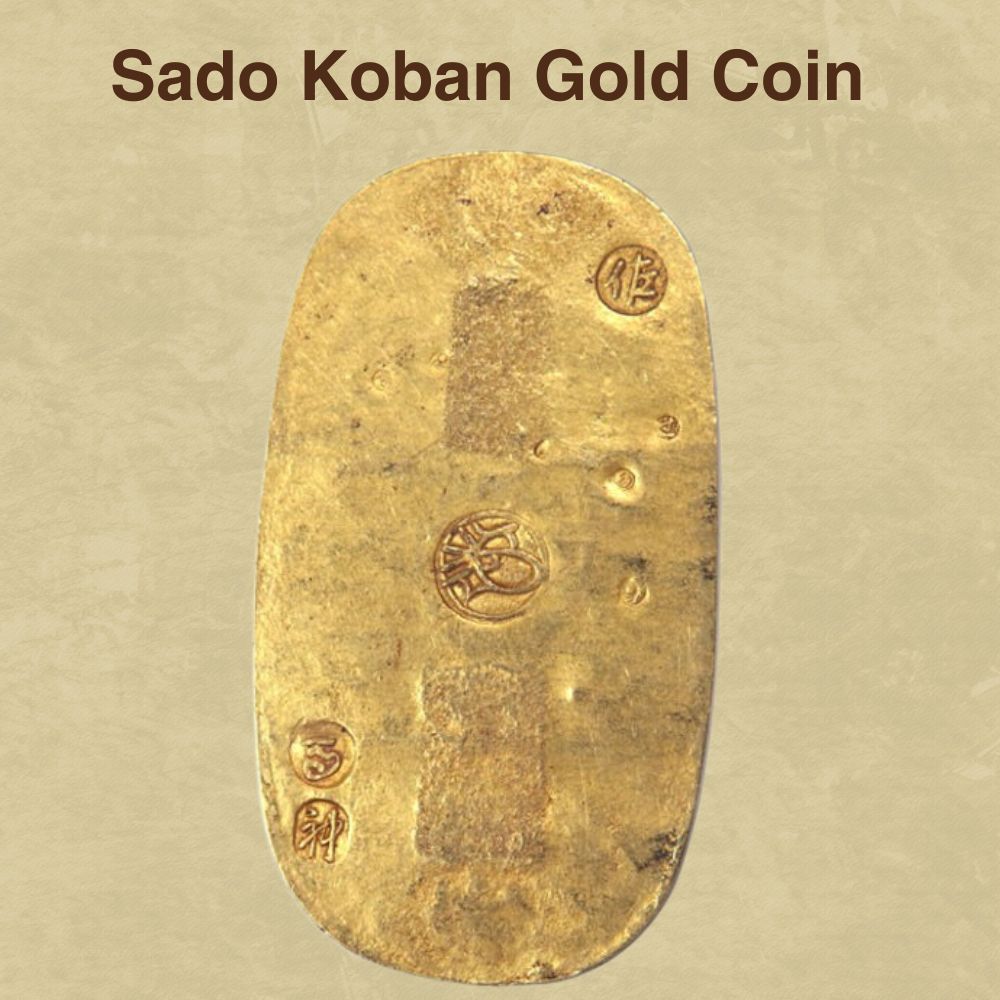
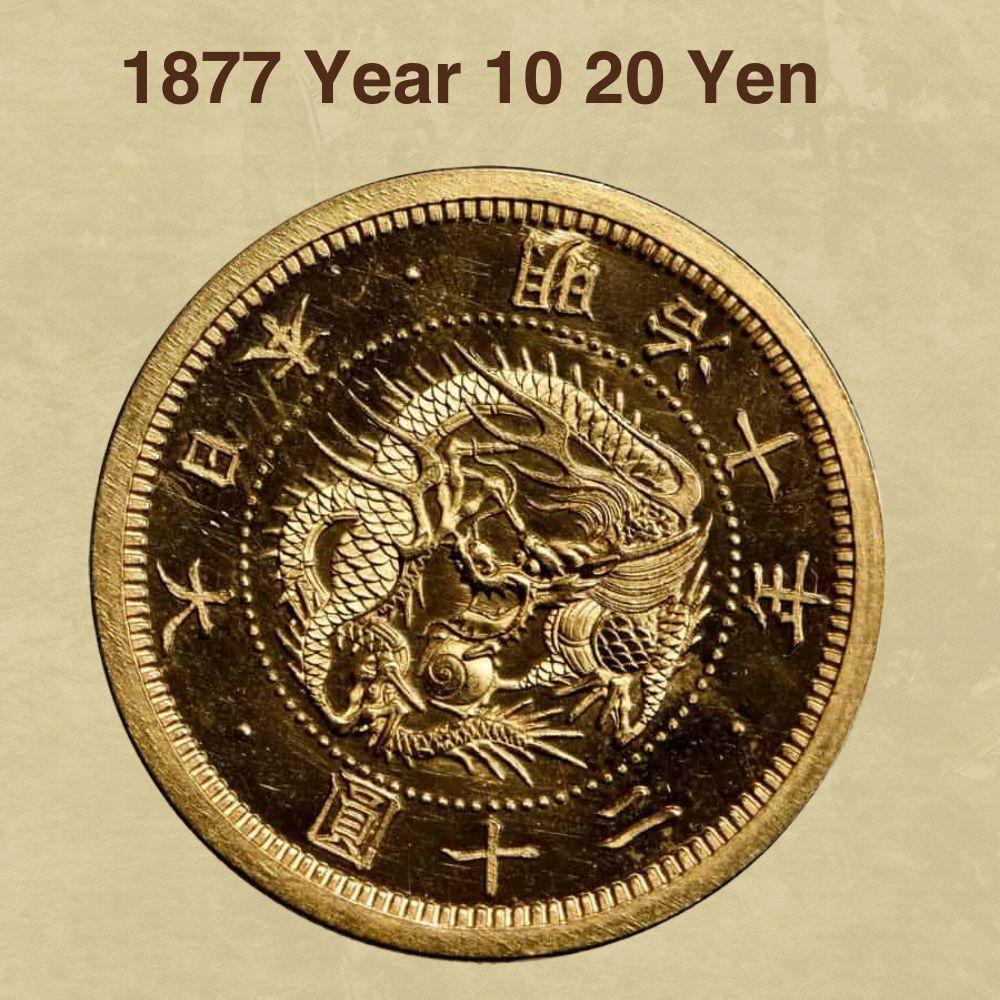
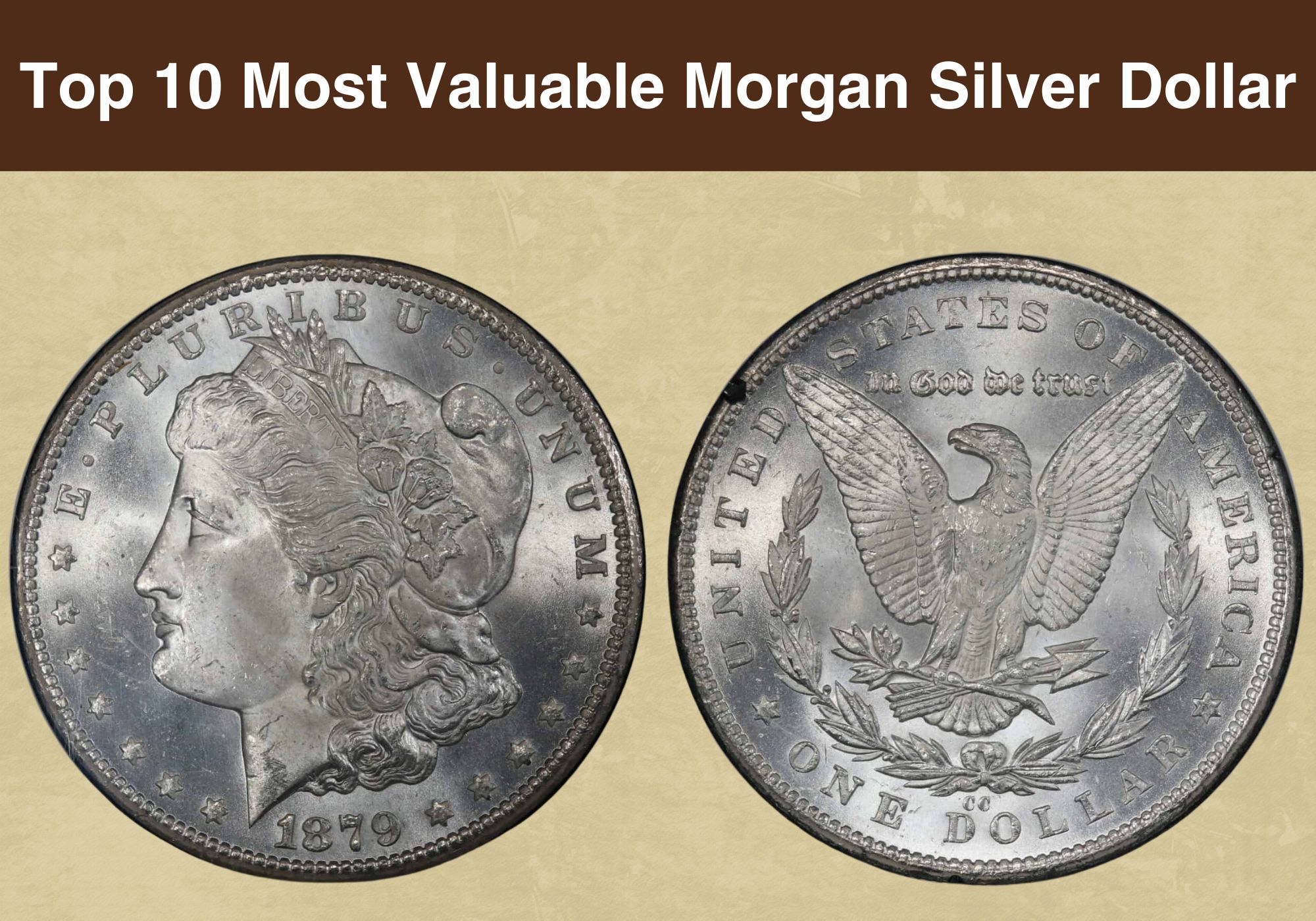
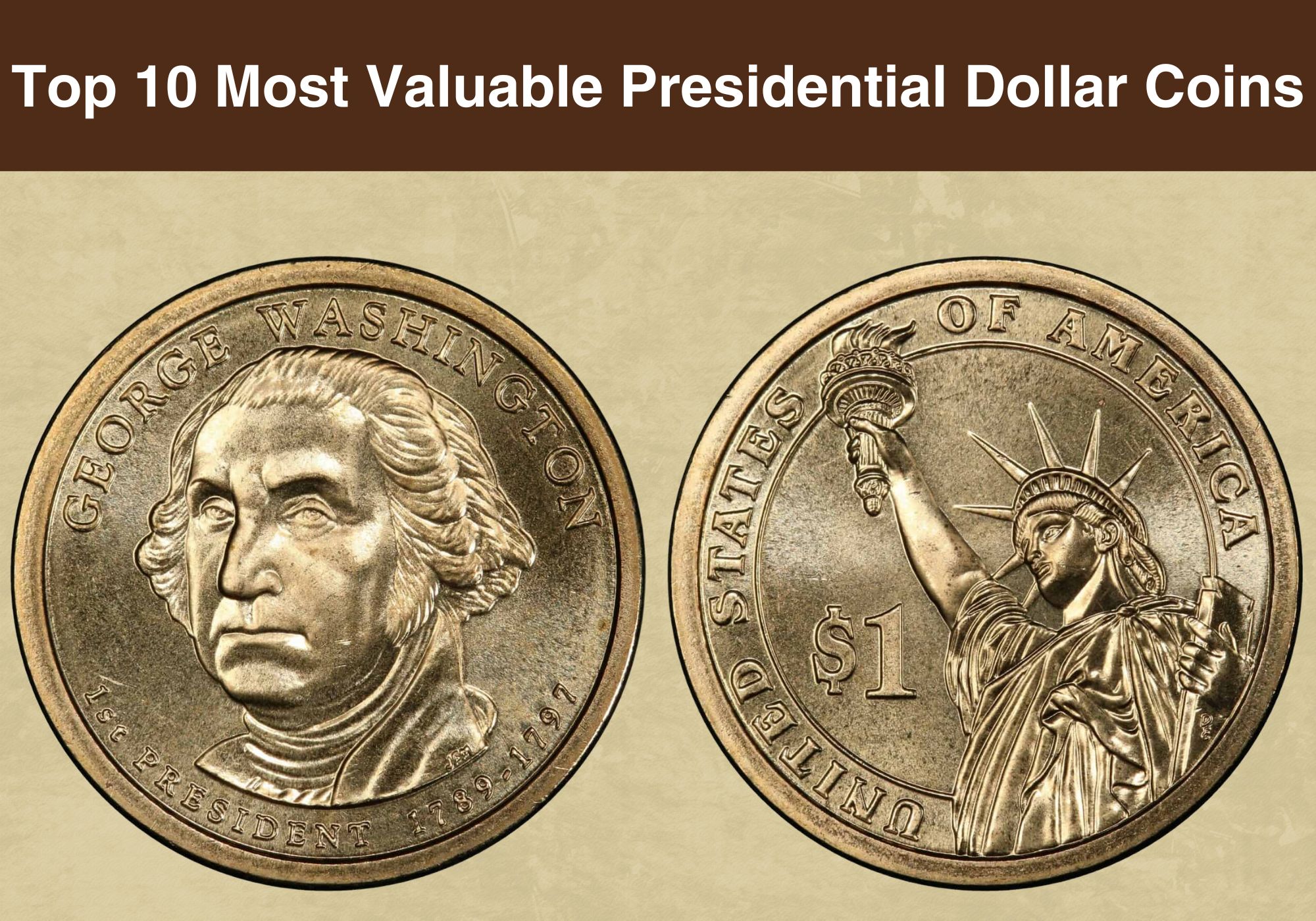
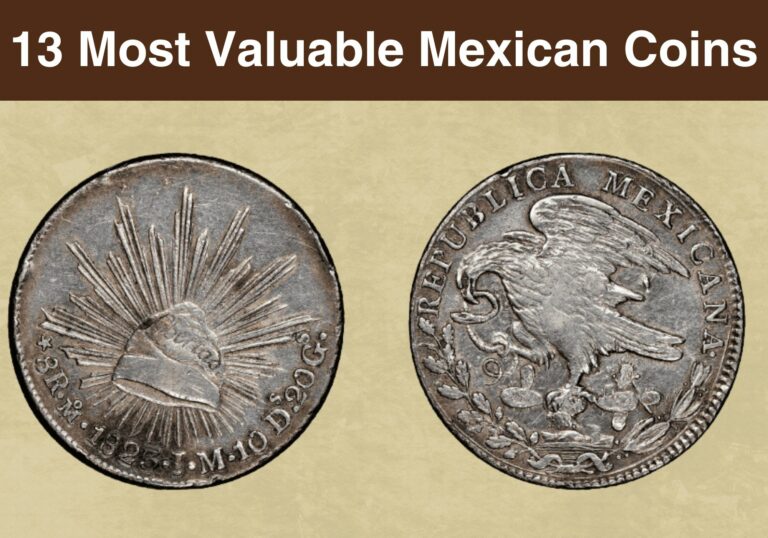
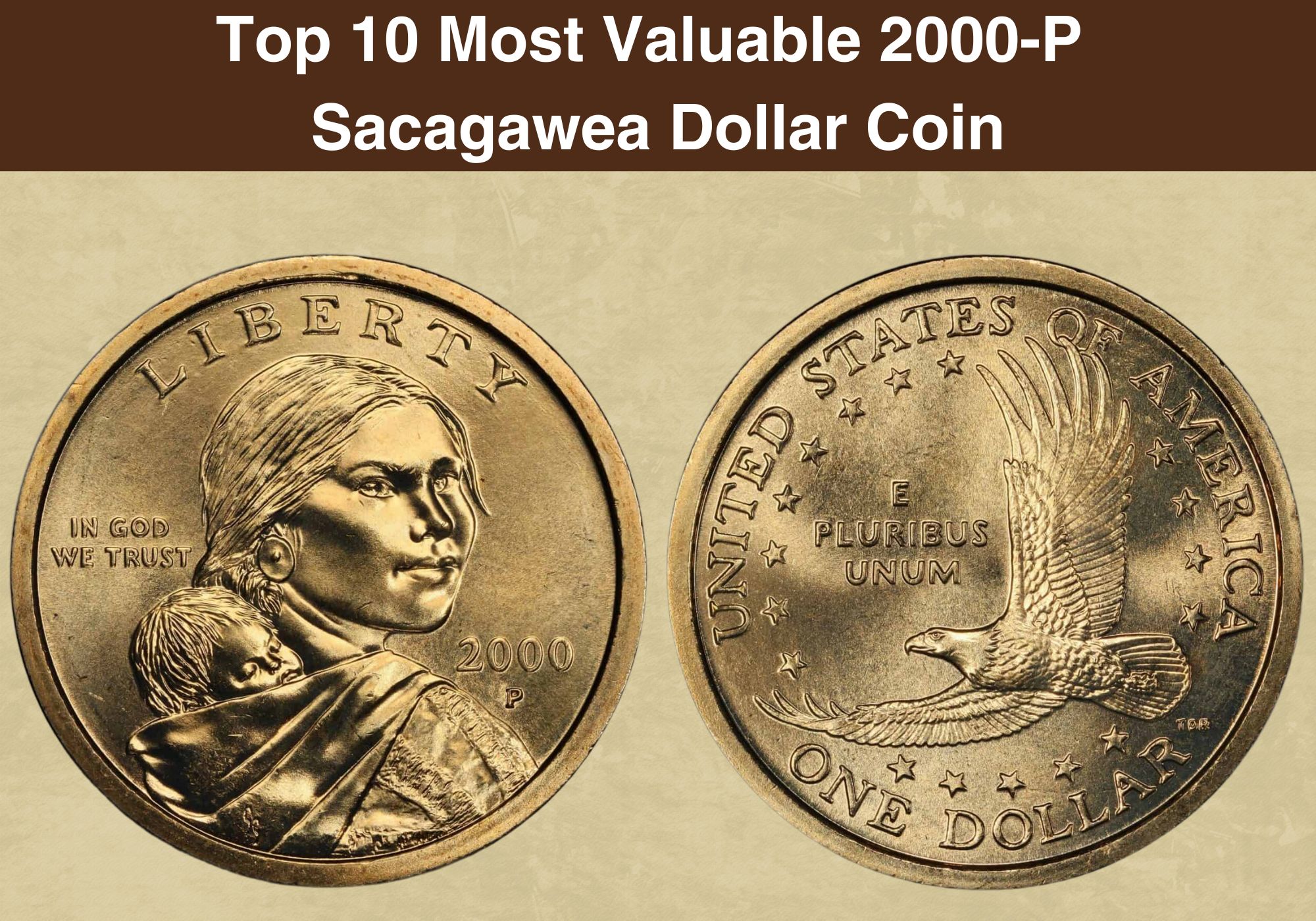
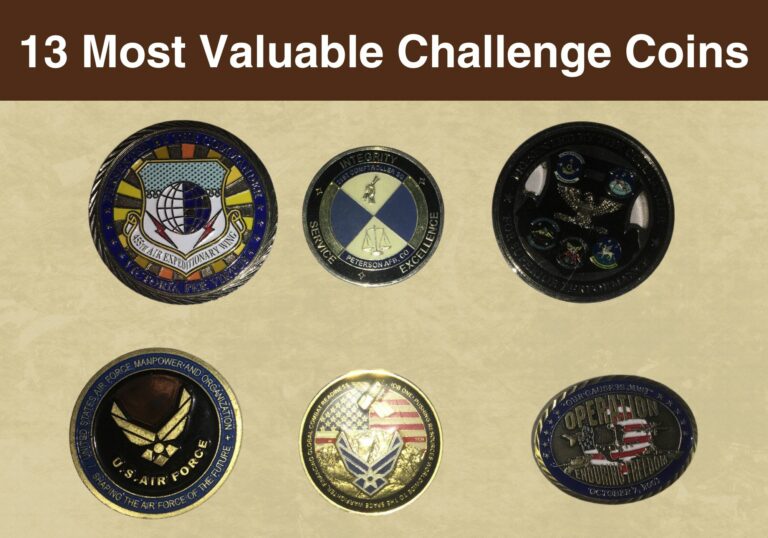
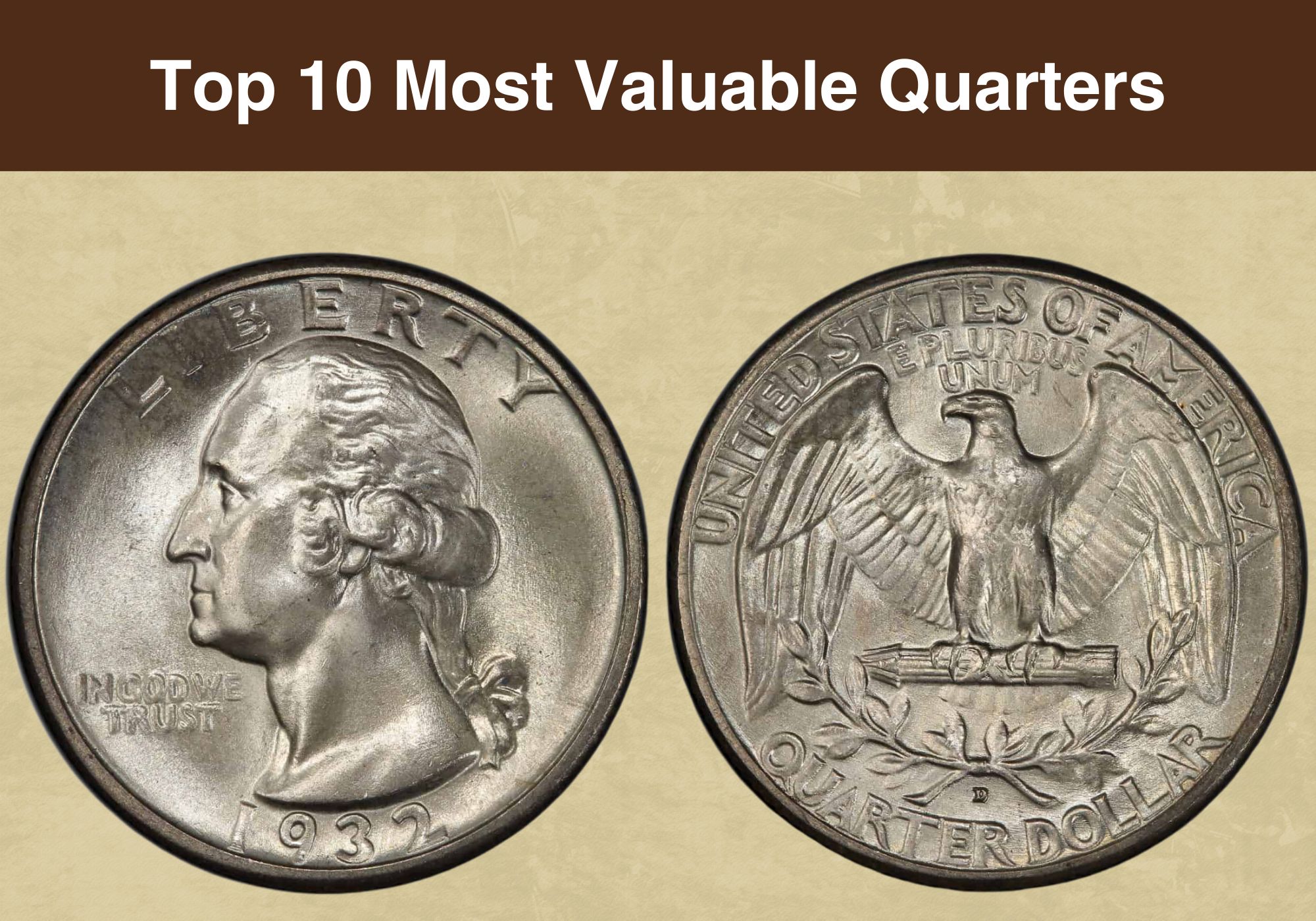
rire 10 yen japanese coins I,am handule from my Grandfather before died age of 98 year,s old he is give to me 3 pcs of old 10 yen Japanese he is get this old 10 yen japanese in the bottle War of Palo leyte..